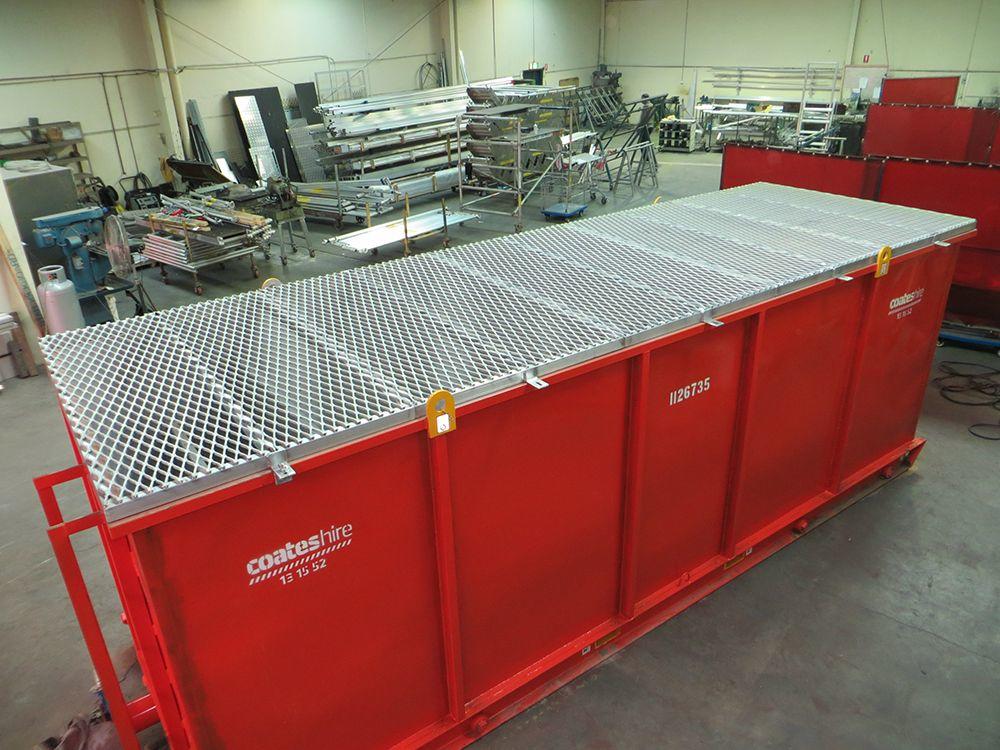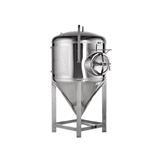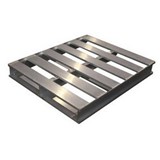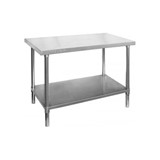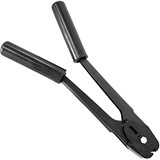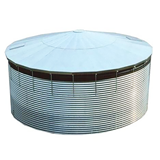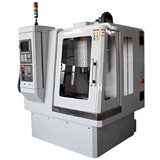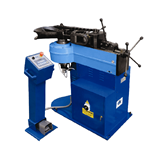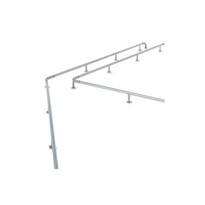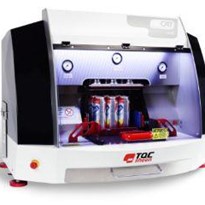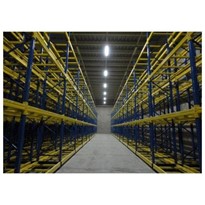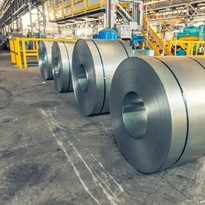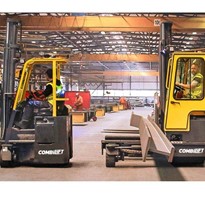Steel fabrication is a crucial process in the construction and manufacturing industries, playing a pivotal role in creating structures that stand the test of time. From towering skyscrapers to intricate machinery, steel fabrication is the backbone of modern infrastructure. In this blog post, we will delve into the world of steel fabrication, exploring its key aspects, processes, and the significance it holds in various industries.
Understanding Steel Fabrication
Steel fabrication involves the transformation of raw steel into predefined shapes and structures through cutting, bending, and assembling processes. This versatile material allows for the creation of everything from simple frameworks to complex machinery.
Different types of steel, such as carbon steel, stainless steel, and alloy steel, are used in fabrication, each offering unique properties suited for specific applications. Understanding the characteristics of these materials is crucial for successful fabrication.
Key Processes in Steel Fabrication
Steel fabrication involves several key processes that transform raw steel into finished products. These processes are crucial in shaping steel according to design specifications and ensuring the structural integrity and functionality of the final product. Here are the key processes in steel fabrication:
Cutting:
- Overview: Cutting is the initial step in steel fabrication, where raw steel is shaped into the desired form.
- Techniques: Various cutting techniques are employed, including flame cutting, plasma cutting, and laser cutting.
- Purpose: Cutting allows the steel to be shaped into sheets, plates, or sections based on the design requirements.
Forming and Bending:
- Overview: Forming and bending processes shape the steel into the required configurations.
- Tools: Press brakes, rollers, and other forming tools are used to achieve precise bends and shapes in the steel.
- Purpose: Forming and bending ensure that the steel components meet the specific design parameters and geometrical requirements.
Welding:
- Overview: Welding is the process of joining two or more pieces of steel together to create a strong and durable connection.
- Techniques: Different welding techniques, such as MIG (Metal Inert Gas), TIG (Tungsten Inert Gas), and arc welding, are employed based on the application and material requirements.
- Purpose: Welding is crucial for assembling various steel components and creating a unified structure.
Assembling:
- Overview: Assembling involves putting together the individual components through welding or bolting.
- Attention to Detail: Precision is critical during the assembly process to ensure that components fit together seamlessly.
- Purpose: Assembling transforms individual steel pieces into the final product, ensuring structural integrity and functionality.
Machining and Finishing:
- Overview: Machining processes, such as milling, drilling, and grinding, may be employed to achieve specific dimensions or surface finishes.
- Surface Treatment: Finishing processes like painting, powder coating, or galvanizing protect the steel from corrosion and enhance its aesthetics.
- Purpose: Machining and finishing add final touches to the fabricated steel product, meeting quality and aesthetic standards.
Quality Control:
- Overview: Throughout the fabrication process of Top Self Levelling Stairs, quality control measures are implemented to ensure that the final product meets industry standards and client specifications.
- Inspections: Inspections may include dimensional checks, weld inspections, and material testing to guarantee the product’s integrity.
- Purpose: Quality control is essential to deliver a reliable and high-quality steel fabrication product.
These key processes, when executed with precision and expertise, contribute to the production of durable, reliable, and accurately crafted steel structures and components. They form the backbone of the steel fabrication industry, enabling the creation of a wide range of products used in construction, manufacturing, and various other sectors.
Applications of Steel Fabrication
Steel fabrication is a versatile process with applications spanning various industries. The inherent strength, durability, and flexibility of steel make it an ideal material for a wide range of structural and functional purposes. Here are some key applications of steel fabrication:
Construction Industry:
Steel fabrication plays a pivotal role in the construction industry, where its versatility and strength are harnessed for various applications. Structural steel frames, fabricated through cutting-edge processes, form the backbone of modern buildings and bridges. The use of steel beams and columns provides unparalleled structural support, ensuring stability and durability in construction projects. Additionally, the fabrication of pre-engineered buildings showcases steel’s efficiency in creating cost-effective, time-efficient solutions for warehouses, industrial facilities, and commercial structures.
Manufacturing Sector:
In the manufacturing sector, steel fabrication is indispensable for producing machinery, equipment, and components. The malleability of steel allows for the creation of intricate and precisely engineered parts, contributing to the efficiency and reliability of diverse manufacturing processes. From automotive components to industrial machinery, steel fabrication ensures the production of robust and durable elements that are essential for the functioning of various manufacturing industries.
Custom Fabrication Projects:
Steel fabrication extends its applications to custom projects, where its adaptability allows for the realization of unique and artistic visions. Artists, designers, and architects often turn to steel fabrication to bring bespoke creations to life, such as sculptures, customized furniture, and architectural elements. The ability to manipulate steel into intricate and personalized designs makes it a preferred material for those seeking to add a touch of individuality to their projects.
Infrastructure Development:
Infrastructure projects, including the construction of roads, bridges, and tunnels, heavily rely on steel fabrication. Steel’s strength, durability, and resistance to environmental factors make it an ideal material for creating long-lasting infrastructure. Whether it’s reinforcing concrete structures or constructing intricate components for transportation systems, steel fabrication is integral to the development of robust and resilient infrastructure.
Oil and Gas Industry:
The oil and gas industry extensively employs steel fabrication for the construction of pipelines, platforms, and equipment used in exploration and extraction processes. Steel’s ability to withstand harsh environmental conditions, corrosion, and extreme temperatures makes it a preferred material for ensuring the reliability and safety of critical components in this demanding industry. The fabrication of specialized steel structures contributes to the efficiency and longevity of oil and gas operations.
Aerospace and Defense:
In the aerospace and defense sectors, precision and reliability are paramount. Steel fabrication is crucial for producing components that meet stringent requirements for strength, weight, and durability. From aircraft components to military vehicles, steel’s high tensile strength and resistance to fatigue make it an essential material for ensuring the structural integrity and performance of aerospace and defense systems.
Advancements in Steel Fabrication
4.1 Technological Innovations
The field of steel fabrication has witnessed significant technological advancements, including the integration of computer-aided design (CAD) and computer-aided manufacturing (CAM) technologies. These innovations enhance precision and efficiency in the fabrication process.
4.2 Sustainability Initiatives
Sustainability is becoming increasingly important in the steel fabrication industry. Practices such as recycling steel, minimizing waste, and adopting energy-efficient processes contribute to a more sustainable and environmentally friendly approach to fabrication.
Conclusion:
In conclusion, steel fabrication with Star Aluminium is a dynamic and essential process that shapes the infrastructure and products we encounter daily. From its fundamental processes to its diverse applications and recent advancements, the world of steel fabrication continues to evolve, ensuring the continued strength and resilience of structures and innovations across various industries.


